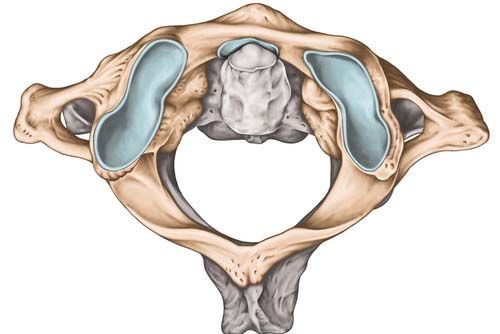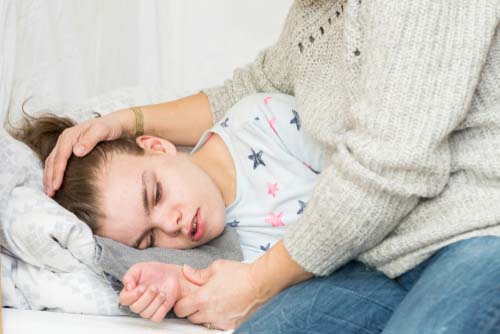I am thinking about babies that are being born every single day, and none of them are getting their nervous system checked! It drives me crazy because I know that if they have a clear nervous system, they will not only function better, but they will heal better and we will see much less chronic issues and symptoms that may occur for newborns, even all the way up into adolescents.
I want to talk about some research because there’s plenty of research on upper cervical care, or chiropractic care, and newborns. “A German study of 1,000 newborns found that 80% of these newborns were subluxated.” What that means is 80% of these newborns had some type of cervical neck trauma causing a subluxation, which is a misalignment in one of the top two bones in the neck, putting pressure on the brainstem. When there’s pressure on the brainstem, we know that the brain cannot communicate with the body, or even back to the brain like it should, and so we start to see the dysfunction and lack of healing.
Some of the main symptoms we see in our office with babies are colic and ear infections, and there is research on these in the chiropractic field. A study of 316 children showed “significant improvements with colic in response to chiropractic adjustments. On average, improvements occurred after only three adjustments, and this was in a two-week period.” How amazing is it that just after three adjustments, these babies had less colic?
It is funny to me, because after I found that research, I Googled the definition of colic, and Johns Hopkins University says, ” Colic is when a healthy baby cries for a very long time for no obvious reason.” I thought that was interesting – that these healthy babies compared to your average baby cry more often. They’ re crying all the time. They just can’t seem to stop, and mom and dad can’t get them to settle down. Are these babies really healthy? According to this research, when we take the pressure off the nervous system, the colic goes away, so I would be willing to say colic is a sign of being unhealthy. Something is wrong, and that something is almost always due to pressure on the nervous system.
Another common condition we see with babies is ear infections. Research on this shows that in 1997, “322 children with chronic ear infections received chiropractic care. And close to 80% of these children were ear infection free within six months of care.” I know this is a super common issue with babies. My cousin got tubes in her ears when she was really young which is usually the common conventional therapy for this. I just don’t want anyone, especially a baby, to have to go through surgery when we can use a less invasive method, which is checking the upper cervical bones to see if there’s pressure on the brainstem. Why wouldn’t you try that first?



